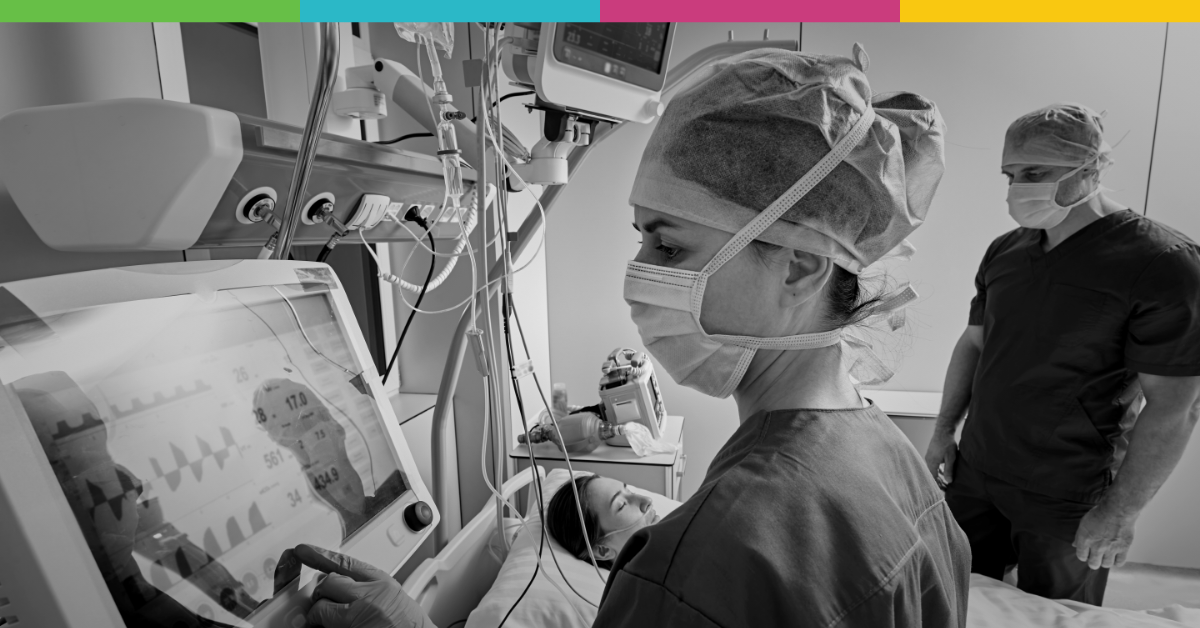In our series exploring the benefits, considerations and use cases for various types of real-world data (RWD), we have already discussed electronic medical records (EMRs). In this installment, we will delve into hospital chargemasters or charge data masters (CDMs).
Hospitalizations are often part of a patient’s healthcare journey and insights into that experience can be invaluable. While other data sources, such as medical claims and EMRs can provide some details, CDMs paint a more comprehensive picture.
Hospitals take the data from EMRs and enter it into CDM software to create a master list of charges, as the name implies. This data is then leveraged to create the claims form that is submitted for reimbursement, however, neither the claims form nor the EMR will contain the same level of detail or comprehensiveness of healthcare activity as the CDM.
Key benefits of CDM data
When submitting a claim, a hospital may bundle services into a single transaction that is sometimes referred to as an episode payment model, such as the Diagnosis Related Groups patient classification system. This is done when the hospital and insurer have agreed on a fixed fee for a particular episode, such as a heart attack or appendectomy, based on patients’ clinical characteristics and medical complexity. When this is done, activity during the hospital stay, such as procedures performed or medications received, are not itemized. The CDM, however, provides an exhaustive list of what happened during a patient’s stay, including:
- Procedures
- Equipment utilized
- Drugs dispensed
- Supplies leveraged
- Diagnostic evaluations
- Imaging
- Blood tests
- Departments/rooms where the patient was seen (e.g., PACU, ICU, OR, etc.) and how long the patient spent in each area by minutes
Additionally, the CDM includes the associated costs for all of these items at both the event and encounter level. This information is also available for patients who pay cash if they are uninsured or for procedures that are not covered by insurance, such as fertility treatments, where there would be no claim.
CDMs also provide information about drugs that are dispensed that would not be available with the same level of detail in other sources. For example, on a claim form you might see the charge for a drug, but not the specific name of the drug given. With the CDM, you can see the brand of drug dispensed that is captured under the billed CPT or HCPCS code, or for drugs that are billed under a generic procedure code, as well as if the drug was a loading or maintenance dose. Details on devices implanted are also available, including the manufacturer and the device-specific model/catalog identifier.
Important considerations
While the CDM provides all of the associated costs from a hospital visit, the costs are the amount the hospital is seeking for reimbursement, but not necessarily what they will receive after negotiations with the payer. Additionally, the costs are specific to that hospital and may not be representative of charges across the country. Also, CDMs do not provide any results from tests, evaluations or procedures, and only represent one small part of the patient journey.
CDM use case
CDM data can be leveraged to better understand what happens to a patient during their hospital stay. In particular, what drugs they receive or what devices are utilized. This can be very useful for spillover analyses to determine if a patient continues to fill a prescription for a drug dispensed to them in the hospital.
As an example, when a patient is admitted to the hospital with symptoms of a heart attack or stroke, they are often given certain drugs that can continue to be filled once the patient is discharged to prevent future attacks. By leveraging CDM data, a pharmaceutical company can learn if their drug was administered during the patient’s stay. That data can then be synchronized with other sources to continue to follow the patient’s journey post hospitalization and see if they actually fill the preventative medication and discover long-term outcomes. These insights can also be used to develop tailored messaging for the patient and/or their primary care provider about the drug.
Medical device manufacturers can leverage CDM data to determine if their product was utilized during a procedure. As an example, a global leader in patient-focused medical interventions for heart disease leveraged CDM data from HealthVerity to discover patients who received their heart valve during a Bentall procedure, as well as those receiving other products to repair or replace a damaged aortic valve. CDM data is the only source where insights on the specific implant being used during the procedure can be found. This data was then synchronized with claims data to better understand long-term outcomes.
Advance the science with CDM data
HealthVerity is the only data ecosystem with two of the largest CDM sources, representing over 65 million patient journeys and approximately 25% of inpatient admissions, as well as hospital-based outpatient activity. All of this data is fully interoperable, HIPAA compliant and can be seamlessly synchronized with other data sources, such as medical claims, EMRs and lab results, for the most comprehensive view of the patient journey.






